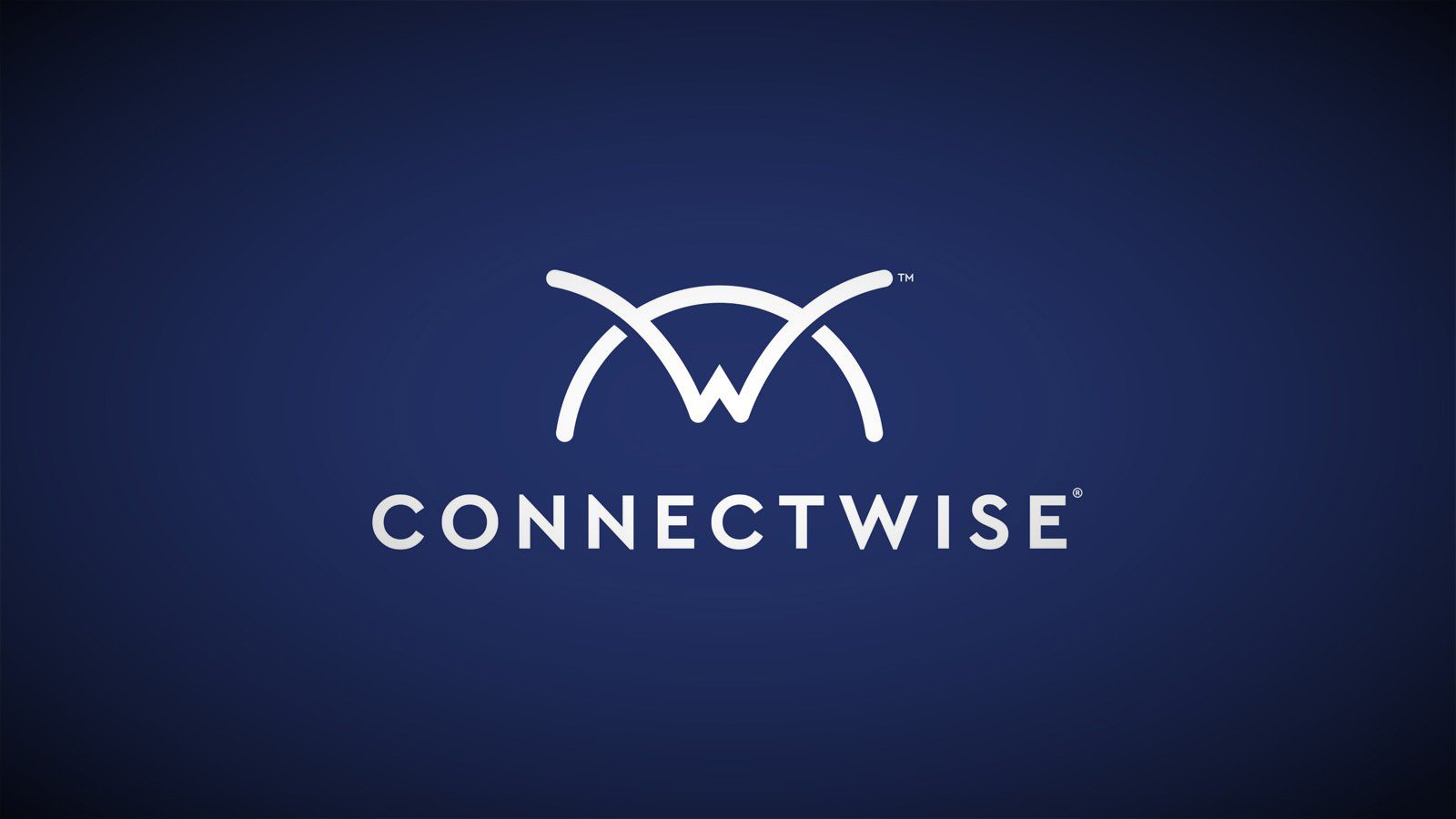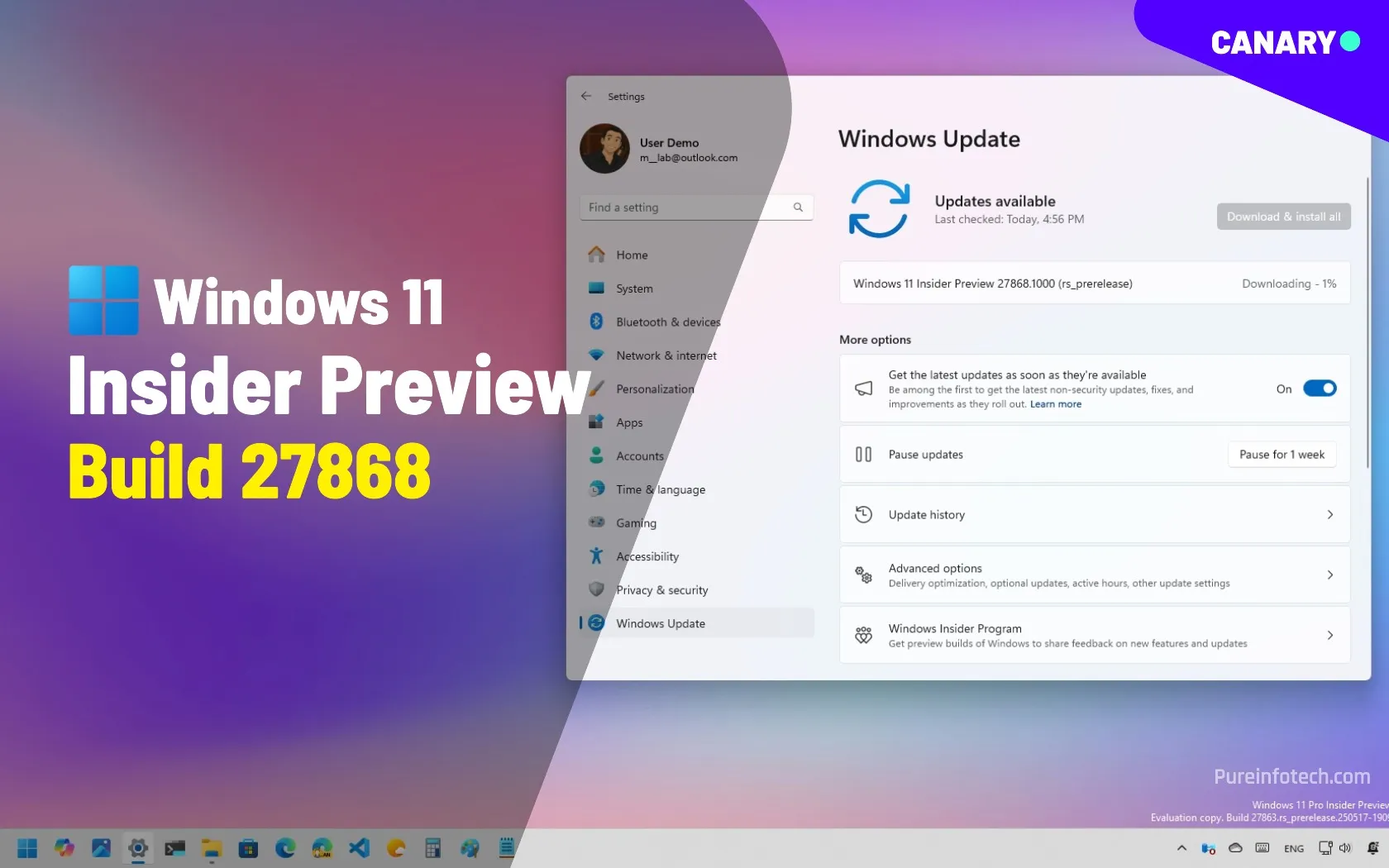Automated Compliance Reporting: Key Tools & Benefits

Compliance with industry standards and legal requirements is crucial for any organization. From finance to healthcare to retail, businesses must adhere to a wide array of regulations designed to protect data, ensure security, and promote fairness in business practices. Compliance is no longer a one-time task but an ongoing responsibility, which often requires frequent audits, documentation, and updates to ensure continuous adherence to regulatory standards
Manually tracking and ensuring compliance with these standards can be a complex and time-consuming process. Fortunately, automated compliance reporting tools have emerged as an efficient solution. These tools automate the process of creating, tracking, and managing compliance reports, reducing the workload on organizations, improving accuracy, and ensuring that businesses remain up-to-date with changing regulations.
This article will delve into the importance of automated compliance reporting, explore how these tools work, and look at some key software solutions available in the market today. We’ll also discuss the benefits, challenges, and future of automated compliance reporting.
Understanding the need for automated compliance reporting
Compliance requirements vary widely depending on the industry, location, and type of data an organization handles.
Companies dealing with financial transactions must adhere to PCI DSS (Payment Card Industry Data Security Standard), while those managing healthcare information must comply with HIPAA (Health Insurance Portability and Accountability Act). Other common regulations include GDPR (General Data Protection Regulation), SOX (Sarbanes-Oxley Act), FISMA (Federal Information Security Management Act), and many others.
Meeting compliance standards often requires businesses to perform the following tasks:
- Data Collection: Gathering data from multiple sources within the organization, such as servers, workstations, databases, and security systems.
- Documentation: Maintaining and organizing records of security measures, system configurations, and other relevant data for audit purposes.
- Continuous Monitoring: Monitoring systems for compliance with security policies, access controls, encryption standards, and other regulatory requirements on an ongoing basis.
- Audits and Reporting: Regularly generating reports that demonstrate compliance with various regulations. These reports need to be accurate, up-to-date, and complete to pass audits and avoid fines or penalties.
- Policy Enforcement: Ensuring that the policies and procedures required to meet compliance standards are being followed.
With these tasks being both frequent and time-sensitive, manually creating and managing compliance reports becomes a significant burden for businesses. Errors can easily occur, and keeping track of multiple regulations manually is prone to human oversight, leaving businesses vulnerable to non-compliance and the resulting consequences.
Automated compliance reporting tools help organizations overcome these challenges by automating the entire process. These tools pull data from relevant sources, generate reports in real-time, and provide detailed insights into compliance statuses. This ensures that compliance is continuously met and documented without relying on manual intervention.
How automated compliance reporting tools work
Automated compliance reporting tools are designed to integrate with various business systems, security tools, and data sources. By connecting with existing infrastructure, these tools can automatically gather the necessary data required to produce compliance reports. Below is an overview of how automated compliance reporting works:
Data integration and collection
The first step in the compliance reporting process is data collection. Automated tools can integrate with a variety of data sources within the organization, such as:
- Security Information and Event Management (SIEM) Systems: These tools collect and analyze log data from network devices, applications, and servers, helping to identify potential security threats and track compliance with security-related standards.
- Cloud Services: Automated compliance tools can also gather data from cloud providers, ensuring that cloud environments adhere to standards such as SOC 2 and ISO 27001.
- Endpoint Management Tools: These tools track the security and configuration of endpoints (e.g., laptops, desktops, mobile devices), ensuring that devices are properly secured and compliant with organizational policies.
- Identity and Access Management (IAM) Systems: These systems track user access and ensure compliance with standards related to user authentication, role-based access, and data protection.
By connecting to these data sources, automated compliance tools can continuously monitor systems for compliance and collect necessary information in real-time.
Compliance checks
Once the data is collected, the next step is to compare it against the relevant compliance standards. Automated tools are often equipped with pre-built templates for various regulations, such as GDPR, HIPAA, PCI DSS, and others. These templates contain the necessary requirements for each regulation, such as:
- Access Controls: Ensuring that only authorized personnel have access to sensitive data.
- Encryption: Ensuring that data is encrypted both at rest and in transit.
- Audit Logs: Verifying that systems are logging relevant events for audit and forensic purposes.
- Data Retention: Ensuring that data is kept only for the required duration and properly disposed of afterward.
The automated tools cross-reference the collected data with these templates to ensure compliance with the various regulations in real-time.
Report generation
After completing the compliance checks, the automated tool generates a compliance report. These reports are frequently formatted to meet the requirements of specific regulations or auditing bodies. The report may include the following details:
- Summary of Compliance Status: A high-level overview of whether the organization is compliant with each regulation or standard.
- Detailed Findings: Specific details on areas of compliance and non-compliance, including logs, screenshots, and evidence.
- Recommendations for Remediation: In case of non-compliance, the tool may provide actionable insights into how to fix issues and improve compliance.
- Audit Trails: A historical record of changes made to systems, policies, and configurations, along with the dates and users responsible for those changes.
Automated compliance reporting tools can generate reports on demand, at scheduled intervals, or based on specific triggers, such as when a configuration change occurs or when a potential security incident is detected.
Continuous monitoring and alerts
One of the key features of automated compliance tools is continuous monitoring. These tools constantly monitor the organization’s network and systems to ensure that compliance is maintained over time. If a policy violation or deviation from the compliance standard occurs, the tool immediately alerts the relevant personnel.
For example, if a new device is added to the network that is not compliant with security settings, the automated tool will generate an alert and may even take corrective action by automatically enforcing the required security policy.
Benefits of automated compliance reporting tools
Automated compliance reporting tools provide several key benefits that help organizations streamline their compliance efforts and reduce risk:
Time and cost savings
Manual compliance reporting is time-consuming, often requiring hours or days of work to gather data, generate reports, and ensure that all documentation is in order. By automating these tasks, organizations can free up time and resources to focus on other important activities, improving overall productivity and reducing the cost associated with compliance management.
Improved accuracy and reduced human error
Manual compliance reporting is prone to human error, whether it’s incorrect data entry, missed configurations, or failure to account for changes. Automated tools eliminate these risks by ensuring that data is accurately collected, checked against compliance standards, and reported without human intervention. This significantly reduces the chance of non-compliance due to errors.
Continuous monitoring and real-time compliance
With automated tools, compliance is no longer a one-time task. These tools offer continuous monitoring of networks, systems, and devices to ensure compliance at all times. If a policy violation occurs, the system can automatically detect and address it in real-time. This proactive approach helps organizations stay ahead of regulatory requirements and avoid penalties.
Audit readiness
Automated compliance reporting ensures that organizations are always audit-ready. The system can generate detailed reports at any time, offering a comprehensive history of compliance statuses and addressing any gaps or issues. This makes it easier to pass audits and avoid fines for non-compliance.
Scalability
As organizations grow, so do their compliance needs. Automated tools can scale with the organization, handling more data, more complex systems, and additional regulatory requirements as the business expands. Whether a company is operating in multiple countries or expanding its cloud presence, automated compliance tools can manage and streamline the compliance process across larger infrastructures.
Leading automated compliance reporting tools
As the regulatory landscape becomes more complex, organizations require powerful tools to ensure compliance is maintained across their operations. The following products offer robust features to automate compliance reporting for a wide array of standards. These tools help organizations streamline compliance workflows, perform vulnerability assessments, and produce detailed reports required for audits and inspections.
1. ManageEngine Network Configuration Manager (NCM)
ManageEngine Network Configuration Manager (NCM) automates network configuration management while ensuring compliance with industry standards. It offers the ability to back up, restore, and manage network device configurations across complex, multi-vendor environments. ManageEngine NCM is especially beneficial for organizations that need to ensure compliance with standards such as PCI DSS, HIPAA, SOX, and other regulations that require the configuration of network devices to meet specific security standards.
ManageEngine NCM automates configuration backups, monitoring, and real-time alerting for compliance breaches or misconfigurations. The software manages a wide variety of network devices, including routers, switches, firewalls, and load balancers. It will manage and control an entire network configuration from a single interface. Network administrators can define configuration templates that align with compliance standards, automatically applying them to devices throughout the network to ensure consistent policy enforcement.
The compliance reporting feature of ManageEngine NCM provides automated audit reports that highlight the compliance status of devices within the network. These reports are designed to meet the specific needs of various regulations and can be generated on-demand or on a schedule. This ensures that organizations are always audit-ready, as they have access to accurate, up-to-date compliance data. The tool reduces human errors and inefficiencies by automating tasks that would otherwise require manual effort.
2. Tenable.io
Tenable.io is a comprehensive vulnerability management solution that includes features for automating compliance reporting across various industry standards and regulations. Designed to help organizations continuously monitor their networks, Tenable.io offers detailed insights into vulnerabilities, misconfigurations, and compliance gaps, helping businesses improve their security posture and adhere to regulatory frameworks like PCI DSS, HIPAA, SOC 2, ISO 27001, and more.
Tenable.io provides an integrated platform for asset discovery, vulnerability assessment, and compliance management. The tool automates the scanning of both on-premises and cloud assets, identifying vulnerabilities that could lead to non-compliance. It also includes built-in reporting templates for various regulatory standards, enabling businesses to generate comprehensive compliance reports quickly. These reports include detailed findings, recommendations for remediation, and a summary of the organization’s compliance status.
One of Tenable.io’s key features is its ability to integrate with other security tools, such as SIEMs and ticketing systems, to provide a complete view of an organization’s security and compliance health. By continuously assessing systems and generating automated reports, Tenable.io ensures that businesses are always ready for audits, with a clear understanding of where compliance gaps exist and how to address them.
3. VComply
VComply is a cloud-based governance, risk, and compliance (GRC) platform designed to automate the management of compliance processes across various industries. VComply simplifies compliance reporting by providing a centralized platform for tracking regulatory requirements, managing policies, and generating compliance reports. It is particularly useful for businesses that need to adhere to multiple standards, such as SOX, GDPR, PCI DSS, and ISO 27001.
With VComply, organizations can automate tasks like policy enforcement, risk assessments, and audit management. The platform offers customizable compliance workflows, allowing businesses to tailor the tool to meet their specific regulatory needs. VComply integrates with a variety of other systems, such as IT security and asset management tools, to gather the data required for compliance reporting.
The VComply dashboard provides a real-time overview of compliance status across the organization. The tool sends reminders when compliance tasks are due and triggers automated alerts when deviations from compliance are detected. It also generates reports that are easy to understand and can be customized for different stakeholders, including compliance officers and auditors. VComply helps organizations streamline their compliance processes, reduce manual work, and ensure they remain audit-ready at all times.
4. LogicGate
LogicGate is a flexible and scalable GRC platform that implements automated compliance reporting, risk management, and policy enforcement. LogicGate enables businesses to build custom workflows and processes tailored to specific regulatory requirements, such as SOX, GDPR, PCI DSS, and ISO 27001, allowing them to automate the collection of data and generation of compliance reports. This customization makes it a valuable tool for businesses with unique compliance needs or those that operate in highly regulated industries.
The platform’s automation capabilities help streamline complex processes, such as risk assessments, policy management, audit tracking, and incident management. LogicGate’s reporting features include real-time compliance dashboards and comprehensive audit trails that make it easy to track and document compliance efforts. Automated alerts notify stakeholders of compliance issues, ensuring that corrective actions are taken quickly.
LogicGate integrates with a wide range of enterprise tools, including risk management, incident response, and enterprise resource planning (ERP) systems. This coordination provides a holistic view of an organization’s compliance status and enables businesses to respond swiftly to regulatory changes. By automating compliance reporting and risk management processes, LogicGate helps organizations reduce the risk of non-compliance, improve operational efficiency, and streamline audits.
6. Qualys
Qualys is a cloud-based platform designed to automate vulnerability management and compliance reporting across multiple industries. Known for its flexibility and scalability, Qualys enables businesses to automate the discovery, assessment, and reporting of security vulnerabilities and live compliance status. It supports multiple compliance frameworks, including PCI DSS, HIPAA, GDPR, SOC 2, ISO 27001, and FISMA, making it a versatile tool for companies in various sectors.
The platform integrates with cloud environments and also scans on-premises systems. Qualys continuously scans systems for vulnerabilities and deviations from compliance standards, providing detailed insights into areas of risk. It also generates compliance reports that are formatted according to the specific needs of the regulation being adhered to, making it easier for businesses to pass audits without manual intervention. Automated remediation workflows can be set up to address vulnerabilities and ensure ongoing compliance.
Qualys’ strong reporting capabilities allow businesses to generate compliance reports on-demand or on a scheduled basis, ensuring they are always audit-ready.
Conclusion
Automated compliance reporting tools are revolutionizing how businesses approach compliance in today’s regulatory landscape. By automating data collection, compliance checks, and report generation, these tools help organizations stay compliant with industry regulations and avoid the pitfalls of manual compliance processes. The benefits of these tools include time and cost savings, accuracy, scalability, and continuous monitoring.
As regulations continue to evolve, the demand for efficient, automated solutions will grow. The future of compliance reporting lies in automation, which will empower businesses to manage their compliance efforts more effectively and reduce the risks associated with non-compliance.
Source link











